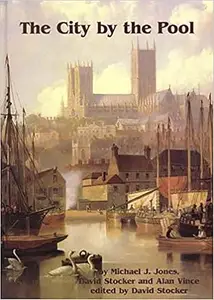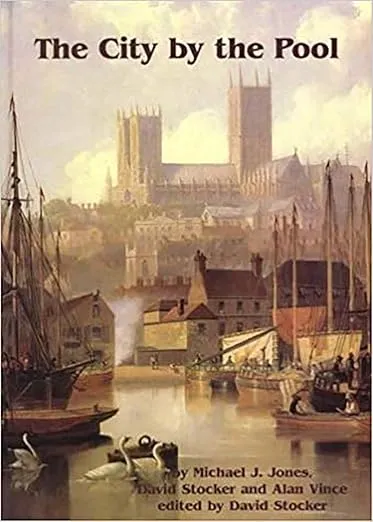D. Stocker, Alan G. Vince, "The City by the Pool: Assessing the Archaeology of the City of Lincoln"
English | 2003 | ISBN: 1842171070 | PDF | pages: 458 | 21.1 mb
English | 2003 | ISBN: 1842171070 | PDF | pages: 458 | 21.1 mb
This volume offers a new and up-to-date synthesis of Lincoln's long history as a major city and regional capital, from prehistory to 1945. The 'City by the Pool' was a major religious centre long before the Roman invasion and from bronze-age shamans to early Baptists people have always been attracted here for spiritual as well as mundane purposes. The authors argue for the presence of a major ritual causeway of the late Bronze and Iron Age and outline the extent to which ritual monuments also contributed to the character of Roman Lincoln. They hypothesise a Middle Saxon ecclesiastical and market site, at what later became Monks Abbey, and demonstrate that High Medieval Lincoln consisted of a ring of markets laid out around a reserved enclosure, housing the religious and secular aristocracy. They also reveal unexpected evidence for an urban concentration of early Dissenting communities, and finally, bringing the story up to date, they suggest that Industrial Lincoln was an entirely new city, and one not inaugurated until the 1840s - a century later than the date usually given. This book is based on more than a hundred publicly-funded excavations and building surveys undertaken between 1945 and 2000. It surveys all aspects of city life, from housing and fortifications to the water supply and rubbish disposal. It includes a CD Rom with a Geographic Information System (GIS) and a relational data-base known as LARA (the Lincoln Archaeological Research Assessment).



